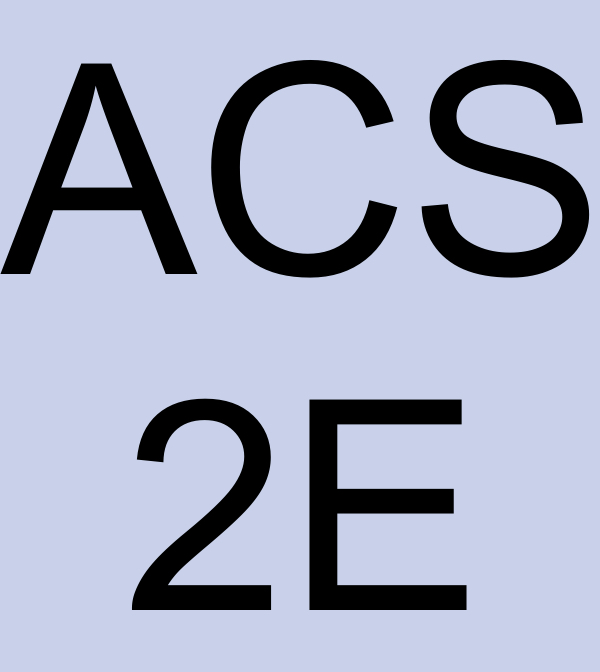Preview Activity 8.1.1.
Consider the function \(f(x) = e^x\) near \(a = 0\text{.}\) We know that \(f'(x) = e^x\text{,}\) so \(f'(0) = 1\text{;}\) along with the fact that \(f(0) = 1\text{,}\) it follows that the tangent line approximation is
\begin{equation*}
L(x) = f(0) + f'(0)(x-0) = 1 + 1(x-0) = 1 + x\text{.}
\end{equation*}

(a)
Build a spreadsheet that computes the difference between \(f(x)\) and \(L(x)\) for \(x\)-values between \(-1\) and \(1\text{,}\) spaced \(0.1\) units apart. Note: we will revisit this spreadsheet for additional computations in Activity 8.1.4, so it would be ideal if you save your work for later reference.
Your spreadsheet should start like the one shown in Table 8.1.2. Table 8.1.2. Comparing \(f(x) = e^x\) and \(L(x) = 1 + x\) near \(a = 0\text{.}\)
| \(\Delta x\) | \(x\) | \(f(x) = e^x\) | \(L(x) = 1+x\) |
| \(0.1\) | \(-1.0\) | \(0.36788\) | \(0.0\) |
| \(0.1\) | \(-0.9\) | \(0.40657\) | \(0.1\) |
| \(0.1\) | \(-0.8\) | \(0.44933\) | \(0.2\) |
(b)
Next, add a column to your spreadsheet that computes \(|f(x)-L(x)|\text{.}\)
How do the differences between \(f(x)\) and \(L(x)\) change as you move across the interval from \(x = -1\) to \(x = 1\text{?}\)
(c)
(d)
Notice that the curvature in \(f(x) = e^x\) is what makes the linear approximation \(L(x)\) lose accuracy. What kind of simple (non-exponential) function might do a better job approximating \(e^x\) than a linear one?

